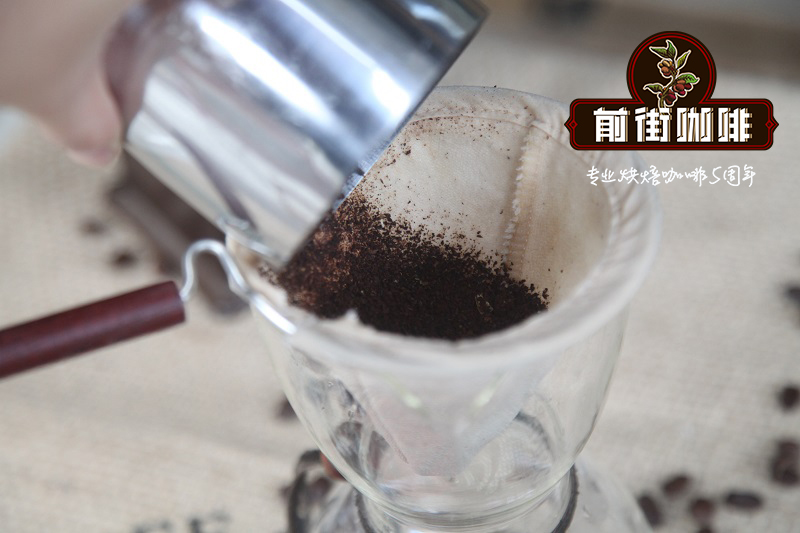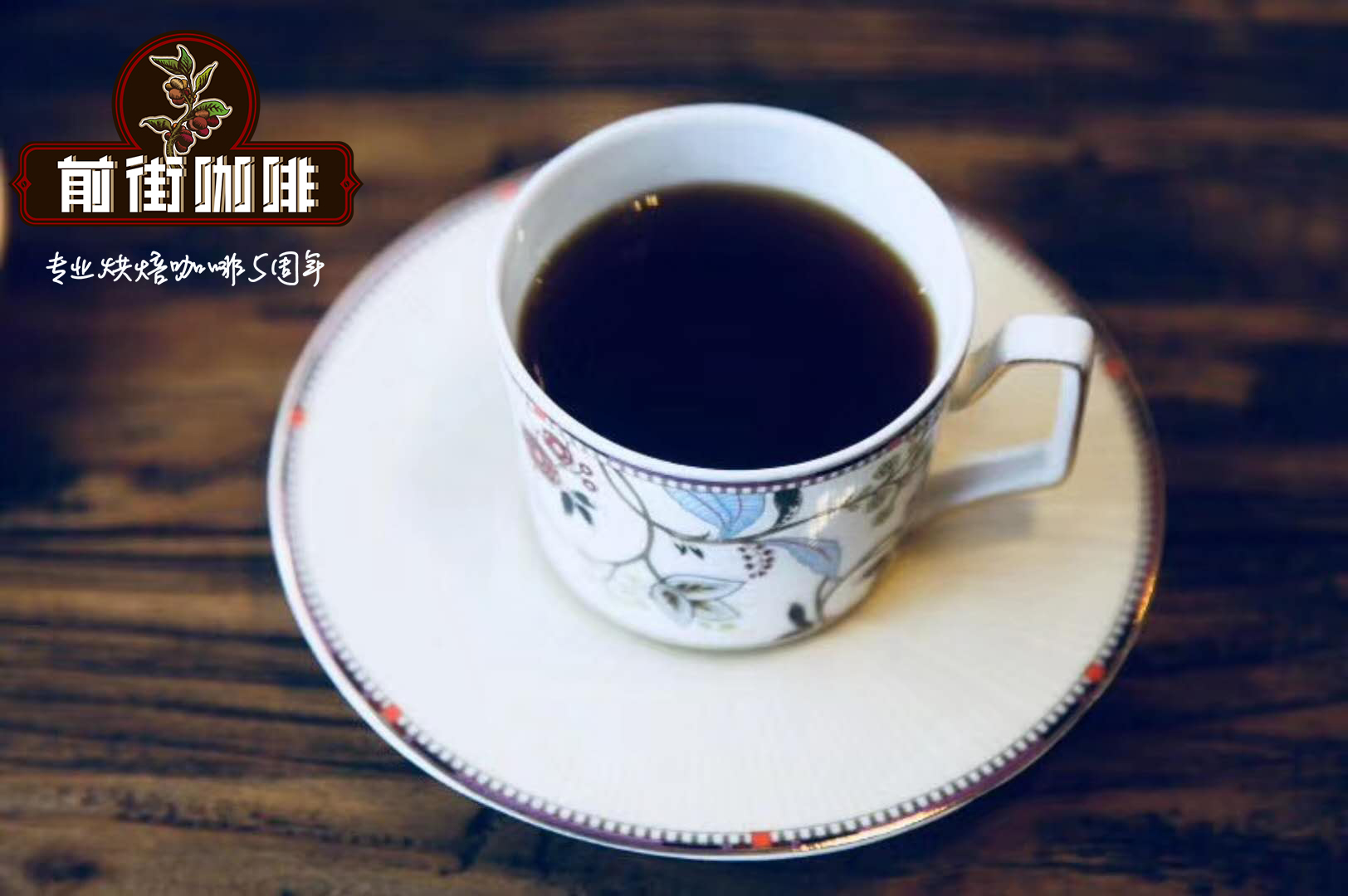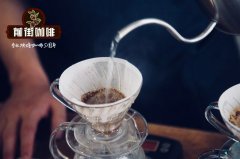Vietnamese coffee: what does Vietnamese coffee symbolize in Vietnam? What is "coffee date"?

Professional coffee knowledge exchange more coffee bean information please follow the coffee workshop (Wechat official account cafe_style)
In terms of coffee production, Vietnamese coffee beans are often not found on coffee maps common in coffee shops, but Vietnam's coffee export output is among the highest in the world. In terms of drinking method, Vietnamese slow coffee is unique in the world, which is different from the Italian and American coffee that people are familiar with. In terms of consumption, drinking coffee in Vietnam is affordable, and coffee stalls with simple seats can be seen everywhere on the side of the road, which has nothing to do with the high-end consumption of coffee like Starbucks. These familiar and novel positioning makes Vietnamese coffee a difficult commodity to find a clear positioning (although the beans produced in Vietnam are not much different from those from other parts of the world). Therefore, in order to understand it, we might as well put aside our existing understanding of coffee and go directly to this coffee-scented country, and explore the unique coffee culture nurtured by people in Vietnam from the perspective of coffee production and consumption. Is coffee just a national drink or has it become a cultural symbol?
There is no doubt that Vietnam is a major producer of coffee, mainly concentrated in the central Xiyuan volcanic laterite plateau at an altitude of about 500m to 1100 m. More than a hundred years ago, the French found that the soil and climate here were suitable for the production of coffee, so they brought the seeds of this high-end drink here, and the development of coffee farms spread one after another throughout the central mountains, and the output was also very considerable. The coffee trees in Vietnam are very different from those in Taiwan, where there are few fruits. In addition, the rich aroma and nectar of pure white coffee flowers also produce another coffee additional product-coffee flower honey. Since coffee beans are produced locally, they can of course be bought at a cheaper price, but coffee is still unaffordable for ordinary people like the expensive brewing utensils used by the French colonists.

However, for the Vietnamese people, it is a pity that this kind of drink, which is deeply rooted in Western food culture, should not be drunk. Since the beginning of the 20th century, clever Vietnamese have developed various methods and tools for making coffee. From coffee bags and socks in overseas Chinese noodle shops like making tea one pot at a time to phin coffee (a special metal filter) brewed by individuals, drinking utensils have evolved from drinking coffee from plates to glasses to high-grade porcelain. At the same time, coffee ingredients are also constantly innovating. Because fresh milk is rare (Vietnam does not raise dairy cows) and it is not easy to preserve it in a hot climate, we switch to condensed milk; without high-grade fresh cream, we come up with egg coffee full of milk foam. Coffee drinking places also follow the Mediterranean and Italian style, and generally prefer the casual style of drinking coffee and chatting while drinking coffee on the street side, so you can find a cup of delicious coffee everywhere from the street side to the high-end restaurant, from the civilian to the rich. You can enjoy coffee anytime, anywhere. The above four developments have also made coffee a national drink for the Vietnamese, a drink that everyone can afford and can enjoy everywhere, which also makes the drinking style of coffee in Vietnam unique.
At breakfast time, the strong smell of coffee seems to surround every street corner and alley in Sai Kung. At this point, people who are slightly familiar with Vietnam will certainly have some problems with the word "national" in national drinks. Isn't it true that many Vietnamese women don't like coffee? It is said that the coffee is too bitter and strong. That's true. However, Vietnamese women who do not like coffee often go to cafes, and coffee has an alternative added value and has become an indispensable part of the lives of these Vietnamese women who do not drink coffee. In a big city, it is impossible to find an adult Vietnamese who has never been to a cafe or drank coffee. Therefore, the "national" nature of this kind of coffee needs to be talked about from the cultural level.
In Vietnam, cafes can be found everywhere, ranging from simple vendors to high-end drinking houses. In addition, Vietnamese cafes must have seats, from simple chairs to high-end sofas. Because the Vietnamese have long been accustomed to sitting down and drinking slowly in cafes, they seldom take them out to their workplaces, and they seldom drink while working (although they have gradually emerged recently). This feature can be explained by the habit of consuming coffee. In contrast to tea, the place where you drink coffee is different. Vietnamese often drink tea at home (Vietnam doesn't seem to have a teahouse), but they have to go to a cafe to drink coffee. Because, in the hearts of the Vietnamese, coffee is not only a refreshing drink, but more importantly: drinking coffee means gathering, communication and heart-to-heart talk. In Vietnam, it seems that all the occasions that need to meet, from business to personal affairs, are discussed in cafes. Therefore, when it comes to having coffee, you don't have to drink coffee when you get to the coffee shop. Even having coffee between a man and a woman is a synonym for dating.
As a result, "coffee dating" has become a cultural code, covering all interpersonal communication in Vietnam. Coffee itself is no longer the focus, and the meaning attached to drinking coffee has become the main cultural significance of drinking coffee. In other words, going to a coffee shop, having coffee and coffee are not the key points, but talking about things, buying and selling, cooperation, making friends, dating and heart-to-heart talk. As a result, some Vietnamese women ask for "coffee" but never drink coffee, because coffee is not the key point. "drinking coffee" means the management attempt of all kinds of interpersonal relationships.
To have coffee is to make an appointment, so cafes no longer simply sell coffee. In addition to coffee, of course, there are fruit juices and all kinds of drinks, even breakfast, lunch, snacks and light meals. The purpose of drinking coffee is to communicate and party, so the space design of each coffee shop is more and more exquisite. The competition between cafes is mainly to create an atmosphere of communication in the cafe, rather than whether the coffee itself is delicious or not. As a result, a variety of cafes of different styles can be found in Vietnam, from luxurious pastoral landscapes to Euro-Mediterranean wilderness winds, and even cafes on railway tracks. And because gathering and communication have become an important side value of "coffee dating", a series of cafes are not all for coffee drinkers (but there is no doubt that coffee is still delicious).
"drinking coffee" becomes a medium for people with the same hobbies to gather and share. So, there are reading coffee shop, cat coffee shop, antique trading coffee shop, bicycle coffee shop (walls covered with all kinds of bicycles), birdfriend coffee shop, singing coffee shop, dancing coffee shop, piano coffee shop, gallery coffee, painting coffee (go to coffee shop to drink coffee and learn to paint), football coffee shop, movie coffee shop, speech coffee shop and so on. They are coffee shops, but they give full play to the special value of "heart to heart".
It can be said that for ordinary Vietnamese citizens, whether they like coffee or not, "drinking coffee" and "going to cafes" seem to run through the social, heart-to-heart, entertainment and artistic activities in their lives. Coffee is not only a drink, but also an exact cultural symbol. Because it is a cultural code, some cafes and cafes have become precious memories of personal life, and even become labels of a certain historical period. For example, Wen Cafe on the campus of the Liberal Arts University of Saigon marked the anti-war songs of Zheng Gongshan and Qinglei; the Givral, La Pagode, Brodard, and La Croix du Sud cafes on Catinat Street in downtown Saigon were all signs for exchanges between intelligence agents and journalists from all sides during the Vietnam War; and the open-air cafe on the ground floor of the Continental Palace Hotel was a place for US military advisers to exchange views. And every ordinary citizen also has his own coffee shop memory, and every city also has a coffee shop that belongs to the historical memory of the city. For example, the communist coffee in Hanoi, the painter (Pei Chun Pai) coffee in Hanoi, and the artist coffee in Dala. To drink coffee, for Vietnamese, sometimes it is for the history, art and memory that have been created in the rich coffee-scented space, which is not only personal experience, but also common memory.
If you meet a Vietnamese in Vietnam, he / she must ask you for coffee because he / she wants to have a heart-to-heart talk with you. And you are also in the process of drinking coffee to get to know the Vietnamese better.
Because in Vietnam, Vietnamese coffee is not just coffee, coffee has become a cultural symbol.
Important Notice :
前街咖啡 FrontStreet Coffee has moved to new addredd:
FrontStreet Coffee Address: 315,Donghua East Road,GuangZhou
Tel:020 38364473
- Prev

What's the flavor of the Gatundu Karinga producing area in Kenya? How is the coffee growing environment in Kenya?
Professional coffee knowledge exchange more coffee bean information please follow the coffee workshop (Wechat official account cafe_style) how is the flavor of Gatundu Karinga producing area in Kenya? How is the coffee growing environment in Kenya? Karinga coffee contains dark fruit flavors-rich grapes, plums, blackcurrants, good citrus and tannin acidity, and deep brown sugar sweetness
- Next

Zhuoyue Cup Pacamara Variety | washed Coffee Bean style in FincaLaBendici ó n Farm, Nicaragua
Professional coffee knowledge exchange more coffee bean information please pay attention to the coffee workshop (Wechat official account cafe_style) Zhuoyu Cup Pacamara variety | Nicaragua FincaLaBendicin farm washed coffee bean flavor characteristics? The Maracaturra sector from LaBendicin is owned by Luis Alberto Balladarez Moncada Dipilto-Jalap in the north of Nueva Segovia.
Related
- Detailed explanation of Jadeite planting Land in Panamanian Jadeite Manor introduction to the grading system of Jadeite competitive bidding, Red bid, Green bid and Rose Summer
- Story of Coffee planting in Brenka region of Costa Rica Stonehenge Manor anaerobic heavy honey treatment of flavor mouth
- What's on the barrel of Blue Mountain Coffee beans?
- Can American coffee also pull flowers? How to use hot American style to pull out a good-looking pattern?
- Can you make a cold extract with coffee beans? What is the right proportion for cold-extracted coffee formula?
- Indonesian PWN Gold Mandrine Coffee Origin Features Flavor How to Chong? Mandolin coffee is American.
- A brief introduction to the flavor characteristics of Brazilian yellow bourbon coffee beans
- What is the effect of different water quality on the flavor of cold-extracted coffee? What kind of water is best for brewing coffee?
- Why do you think of Rose Summer whenever you mention Panamanian coffee?
- Introduction to the characteristics of authentic blue mountain coffee bean producing areas? What is the CIB Coffee Authority in Jamaica?

